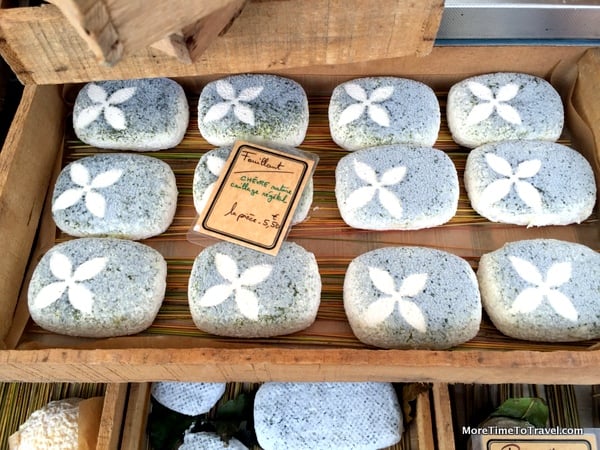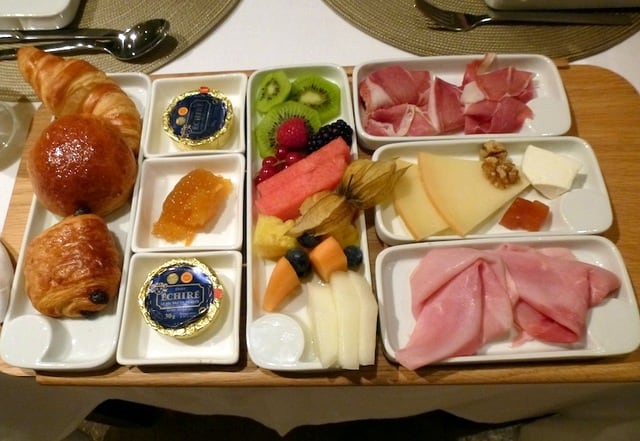Los Cabos: Where farm-to-table is authentic


The term farm-to-table has become so popular that it’s often overused—and misused. An investigative series in the Tampa Bay Times entitled “Farm to Fable” discovered that falsehoods and inaccuracies are rife in the food industry.
Although many restaurants commonly use the term “farm-to-table” on their menus, consumers can’t always rely on those foods having been grown on local farms. Instead, it is too often used as a marketing ploy aimed at foodies in search of healthy, fresh foods—who are willing to pay a premium for them.
Laura Reiley, the Tampa Bay Times food critic who broke the story, had a hunch that something was amiss on her beat: “That those ‘local’ veggies were rejects from the grocery store, That ‘gulf shrimp’ came frozen from India.” So she followed her nose to develop this seminal exposé. If you haven’t read the series, I encourage you to do so.
Farm-to-table Los Cabos

During our last trip to Los Cabos, we visited three unique restaurants where the distance from farm-to-table couldn’t be shorter. All are located in the new Puerto Los Cabos area. Each one literally sits on a small working farm.
These true farm-to-table eateries include Huerta Los Tamarindos, Flora Farm and Acre. While one might think that the beachy terrain in Los Cabos is inhospitable to farming, this isn’t the case.
In an article I penned for the Fall 2016 issues of Food Wine Travel magazine, I wrote about our experience:
It is hard to envision large tracts of fertile farmland in Los Cabos, Mexico…
One may assume the desert terrain is far too dry and dusty to sustain anything but cactus and brush. The natural landscape is so rough that it is reminiscent of a cowboy movie set….
Surprisingly, the mix of sunshine – abundant more than 300 days per year; a growing season, plentiful throughout the lengthy winter; and excellent irrigation systems, compensating for average rainfalls of less than 10 inches per year, create a setting which is agriculturally friendly.
You can read my entire article, Los Cabos: A Farm-to-Table Agricultural Oasis, with descriptions of each of these restaurants. The article published in the fall was recently posted on the Food Wine Travel website. These are three restaurants well-worth visiting if your travels bring you to Los Cabos.




